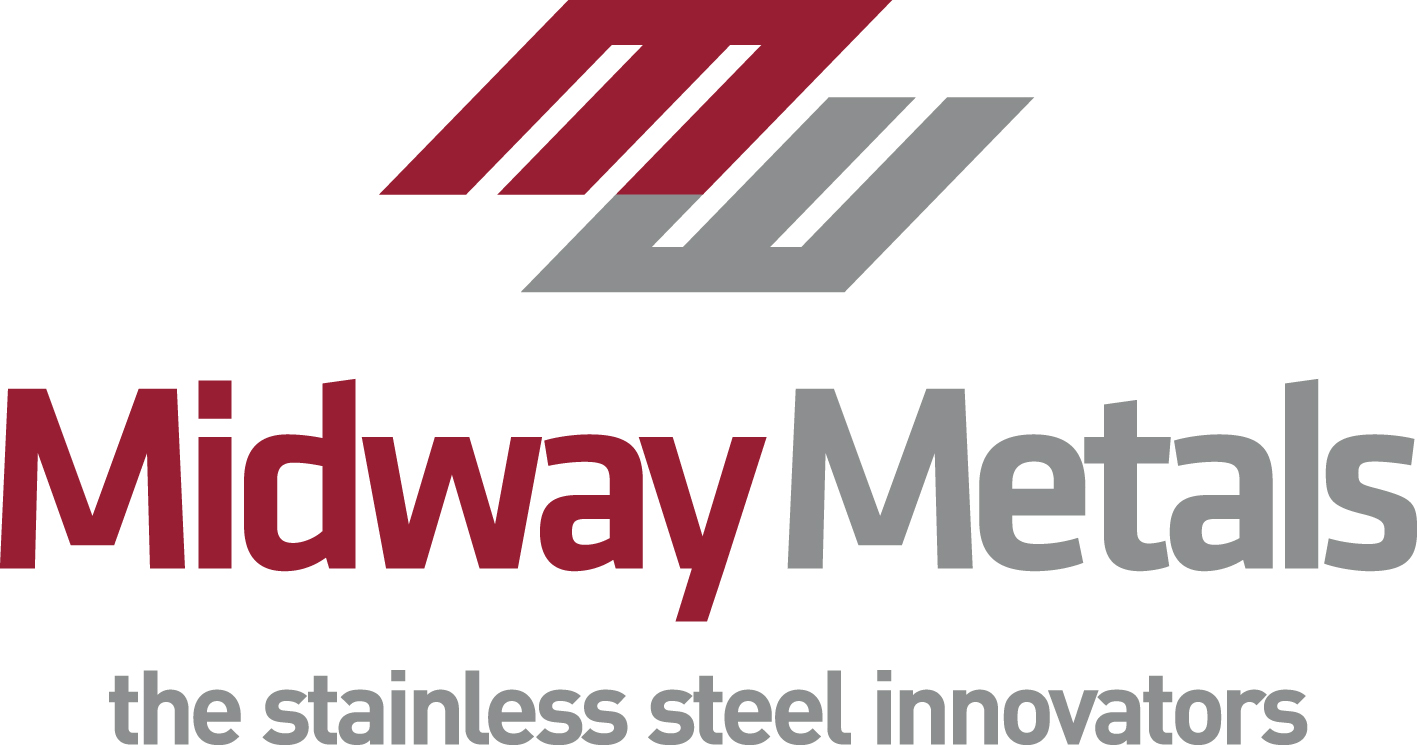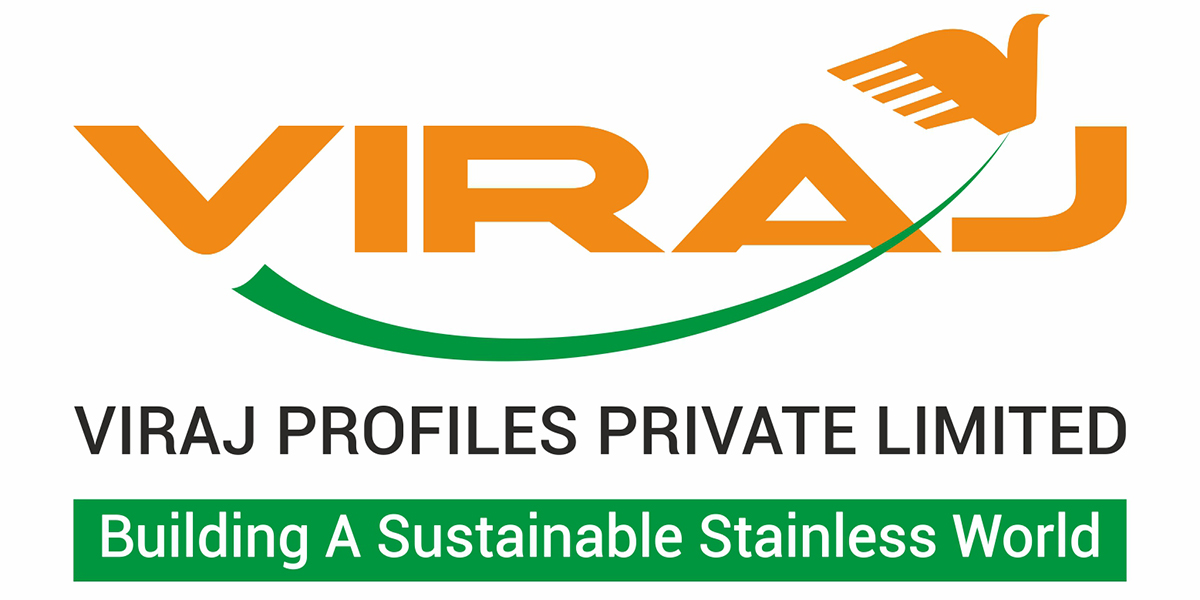
For years, the plumbing industry has been dominated by materials such as galvanised mild steel, copper, and plastic. However stainless steel is quickly emerging as a standard construction material in various water supply applications.
Stainless steel offers a multitude of benefits, including corrosion resistance, hygienic properties, strength, long-term performance, excellent hydraulic conductivity, and the ability to withstand high pressure and temperature requirements. It has found its place in diverse applications, from desalination plants and reverse osmosis water treatment systems to water supply for high-rise buildings and domestic tapware. Stainless steel provides a safe and sustainable solution throughout the entire lifespan of the product.
The history of water supply dates back to ancient times when stone fluidity paths were used, predating the use of pipes. The Romans discovered that lead could be easily formed into pipework, although their decline has been partly attributed to lead poisoning from their water supply (although wine stored in lead containers is a more likely cause). Lead continued to be used for centuries, particularly in areas with hard or inhibited waters, notably in the United States. However, Australia took a different route, relying on galvanised steel as the default material for pipework from the late 19th century until after World War II. Unfortunately, the zinc coating dissolved in softer oxygenated water supplies, leading to taste and colour issues even before leaks occurred. Additionally, galvanised steel corroded from the outside when exposed to corrosive soils. These rust challenges, coupled with the wide availability of copper and its alloys, led to the adoption of copper pipework after World War II.
Copper offered advantages such as lightness, ease of bending, handling, and joining. It took some time to eliminate lead from the solders used in copper pipework. Copper alloys, including valves, fittings, and taps, could be easily manufactured as castings that were chemically compatible with copper pipework. Initially, lead was included in castings alloys (typically brass or gunmetal) to facilitate flow, but health concerns prompted reductions in lead levels. Lead was detected in the first flow from cast copper base tapware after extended stagnant periods or due to leaching from dead legs. Increasingly sensitive test methods and concern about any ingested lead increased pressure to curtail any available lead. The Australian Building Codes Board (ABCB) has extensively consulted on this matter, and as of 2025, the National Construction Code (NCC) mandates a maximum lead content of 0.25% for alloys in contact with potable water, although some advocate for a complete prohibition of lead in contact with potable water despite potential casting challenges.
The cost of copper and the availability of affordable polymers led to a surge in plastic pipework in low and medium-rise buildings. Polymers such as PVC, polyethylene (PE of various densities), ABX, cross-linked PEX, and polypropylene (PP) gained popularity, with polybutylene (PB) being an exception as it is banned for potable water use in North America. Plastic pipework is found in applications in domestic and commercial buildings, as well as some chemical plants. Composite pipework, especially for larger-diameter applications in chemical plants, also gained a niche.
While there was a marketing push for stainless steel in potable water pipework during the 1980s, it faced challenges due to its reliance on silver soldered joints. Plumbers preferred the soldered or compression fittings used with copper or the solve or electro-fusion couplings used for polymer pipework.
High-rise buildings encountered a significant challenge in terms of pressure ratings, necessitating the use of either separate low and high plant rooms on different circuits or stronger materials. Polymers are adequate for a single rise, while copper, although stronger than polymers, only possesses a yield strength of approximately 25% compared to stainless steel grades 304 or 316, and about 12% when compared to duplex grades. In some cases, high-rise buildings with copper risers that were on the edge were upgraded in situ by replacing them with short sections of stainless steel, coupled using Victaulic joints. Standard joining systems, such as mechanical press-fit couplings onto a polymer ring, silver soldered capillary couplings, and compression fittings, are employed for stainless steel installations.
Although both stainless steel and copper exhibit similar pressure loss due to pipe friction, there is a substantial contrast in erosion resistance. Copper can handle only about 10% of the velocity limit of austenitic stainless steels (304 or 316) in cold water, less than 5% of the flow limit in hot water, i.e., greater than about 65°C. While pump power requirements and noise considerations often restrict the exploration of the upper end of the stainless steel velocity range, this discrepancy implies that turbulence and metal loss at corners and junctions pose no issues in stainless steel systems, unlike copper-based designs.
Mixed metal and polymer systems are commonly utilised for mains and final distribution, which is generally satisfactory for cold water applications. However, the growing trend of recirculating hot water systems to minimise water wastage while waiting for hot water to flow has led to problems such as copper dissolution from copper pipework, especially at higher temperatures, and leaching of stabilisers from polymers, resulting in potential cracking. Such issues have prompted litigation across Australia and other regions. Stainless steel, on the other hand, exhibits dissolution rates typically below 5% of the health limits, and the presence of metal ions is frequently undetectable.
Furthermore, during the COVID-19 and SARS outbreaks, significant emphasis was placed on using copper alloy handles or metalwork to prevent the transfer of infections through splashes or droplets. This concept then extended to the belief that using a copper alloy in potable water systems would release copper ions onto the surface, thereby inhibiting microbial growth, while an inert stainless steel surface would promote colonisation and growth, especially in warm water. This argument assumes that the water supply lacks sufficient disinfectant, typically chlorine (although chloramine is used in two Australian capital cities to maintain biological control at the end of the distribution system). Australia's extensive distribution networks and generally soft, non-scaling water have necessitated additional chlorine dosing in the network beyond the treatment plant's dose. In the past, when remote dosing was uncommon, chlorine would be absent at residences located 50km or more away from the water treatment plant. Under such conditions, as well as in remote tank systems utilising "fresh" rainwater, microbial activity was found to dissolve copper, causing blue water, an unpleasant taste, and staining of porcelain or plastic fixtures. This issue is now well understood, and chlorine levels are routinely monitored and controlled across the networks through multiple dosing points.
In conclusion, stainless steel, polymers, and copper all have their roles in potable water systems, driven by historical usage and inherent properties. However, as the trend toward a sustainable economy and the use of reusable materials gains momentum, there will likely be shifts in priorities and preferences.
MATERIALS COMPARISON FOR POTABLE WATER SUPPLY
| PROPERTY? | STAINLESS STEELS 304/316 | PLASTIC | COPPER (ALLOYS) |
| Leaching metal ions | Ni and Cr <5% of European limits even hot | Plasticisers can leach causing embrittlement | At 20°C equilibrium Cu+ rises from ~0.4ppm at pH7 to ~5ppm at pH3 |
| Hot water | No effect 0°C to steam | Depends on polymer but leaching worse especially if hot | Cu+ ions can embrittle polymers in some systems and cause failure |
| Water for injection |
Yes, with specific finishes |
No | No |
| Formable/joining |
Readily formed, welded |
Mechanical or solvent | Solder or mechanical |
| High temperature |
Steam to chilled waters |
Softens depending on material | Lower velocity limits when flowing |
| Velocity limits | 40m/s any temperature | Depends on polymer | 3 or 1.5m/s for cold and hot (60°C) respectively |
| Microbial effects | Smooth and limited colonisation | Surface defects allow colonisation | Stagnant with low chlorine at pH>7 can cause blue water from microbial corrosion |
| Sulphides |
Not usual in potable water |
No effect | Sulphides form |
| Castable |
Yes |
Yes | Yes |
| Use in high-rise buildings |
Yes |
No |
Low rise or use in multiple level plant rooms |
This article was written by Dr Graham Sussex, ASSDA Technical Specialist, in consultation with ASSDA Member Gentec Australia.
This article was featured in Australian Stainless Magazine Issue 78 (2023).














